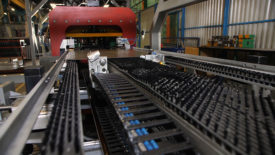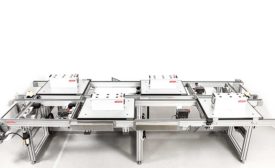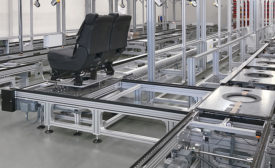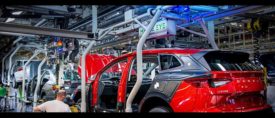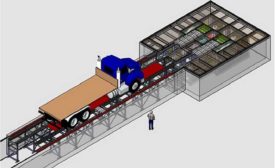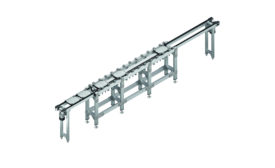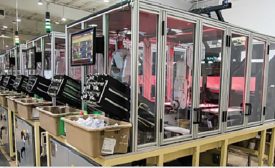Home » assembly conveyors
Articles Tagged with ''assembly conveyors''
What’s New With Conveyors
Conveyors remain essential for getting parts to the right spot at the right time. Here’s a look at the state of the art.
May 5, 2023
Conveyor Case Studies
With the right conveyor, manufacturers can greatly improve their assembly, part feeding and packaging processes.
July 15, 2022
Success With Workstations
New workstations have helped manufacturers in various industries improve productivity and ergonomics
May 11, 2020
Get our new eMagazine delivered to your inbox every month.
Stay in the know on the latest assembly trends.
SUBSCRIBE TODAY!Copyright ©2024. All Rights Reserved BNP Media.
Design, CMS, Hosting & Web Development :: ePublishing
